One of the considerations you’ll have to make when shopping for a new kitchen stove is whether to choose an electric or gas model. With energy costs on the rise, many consumers are taking a proactive approach towards choosing energy-efficient appliances. Replacing your old appliances with ENERGY STAR-certified models, for instance, can save you hundreds of dollars per year. So, which type of stove is the cheapest is to use?
You can expect to pay slightly more for a gas stove upfront. While there are always exceptions to this rule, electric models are generally cheaper to manufacture, which subsequently results in cost-savings to the end consumer. An electric stove may cost anywhere between $250 to $1,500, whereas gas stoves cost $500 to $2,000 on average.
Another cost that often goes unforeseen by consumers is the installation of a kitchen gas line. If there’s not a gas line in the area where you intend to set up your stove, you may need to hire a contractor or the your local gas provider to install one. This isn’t a cheap or easy process by any means, with a standard home installation costing several hundred dollars.
Don’t let the high cost of a gas stove fool you into thinking it’s a poor choice, however. Dollar-for-dollar, you’ll find that gas stoves cost less to operate than their electric counterpart. From 2008 to 2012, the cost of natural gas in the U.S. has decreased by nearly 50%. Like most products and services, the cost of natural gas fluctuates on a regular basis, but current data suggests it’s on a downwards trend, as prices continue to fall with each passing year.
If operating costs is your top concern, then you should probably stick with a gas stove. It may cost more upfront, but natural gas prices are at an all-time low. This means you can operate your stove at a significantly lower price. See below for a complete list of benefits associated with gas stoves.
Some of the advantages of choosing a gas stove include the following:
- Cooks more evenly; better heat distribution.
- Easily adjust the temperature by increasing or decreasing gas.
- Less heat emitted into the kitchen, which in turn results in lower cooling costs during the summer.
- Natural gas is readily available, inexpensive and burns clean.
- Costs less to operate than electric stoves.
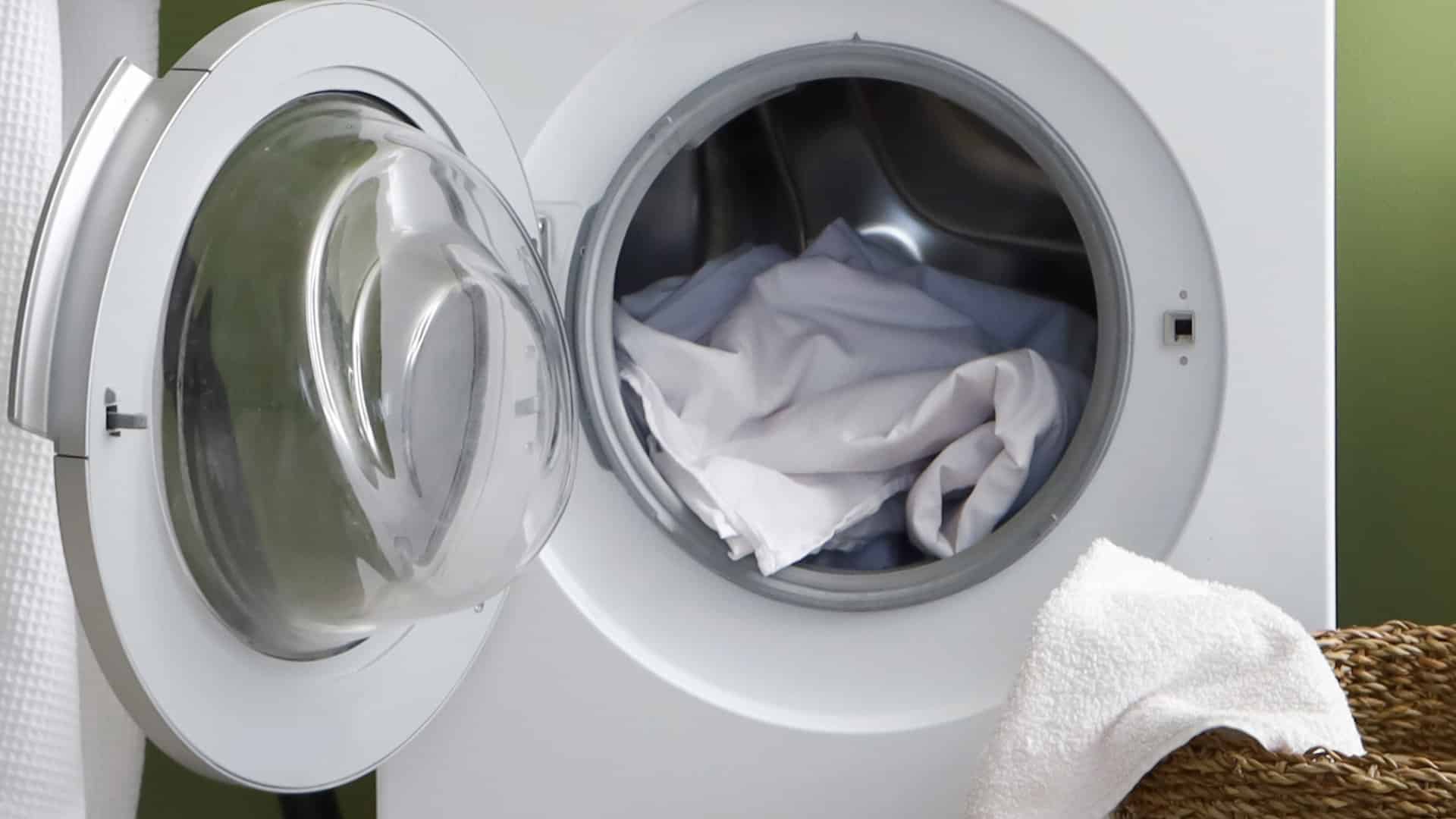
Whirlpool Washer Error Codes Explained
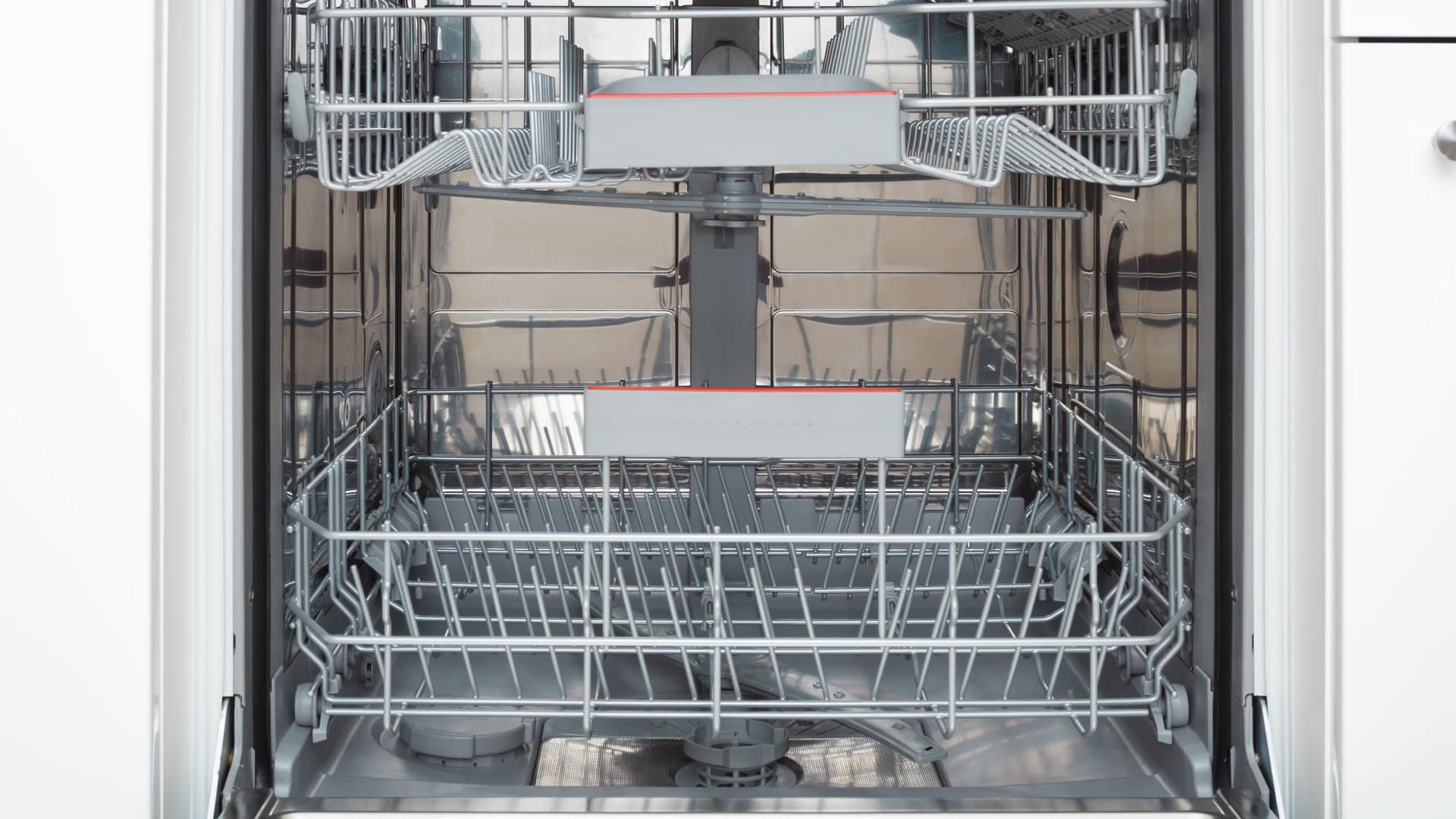
How to Wash a Hat in the Dishwasher (In 5 Steps)

How to Fix the nF Error Code on a Samsung Washer
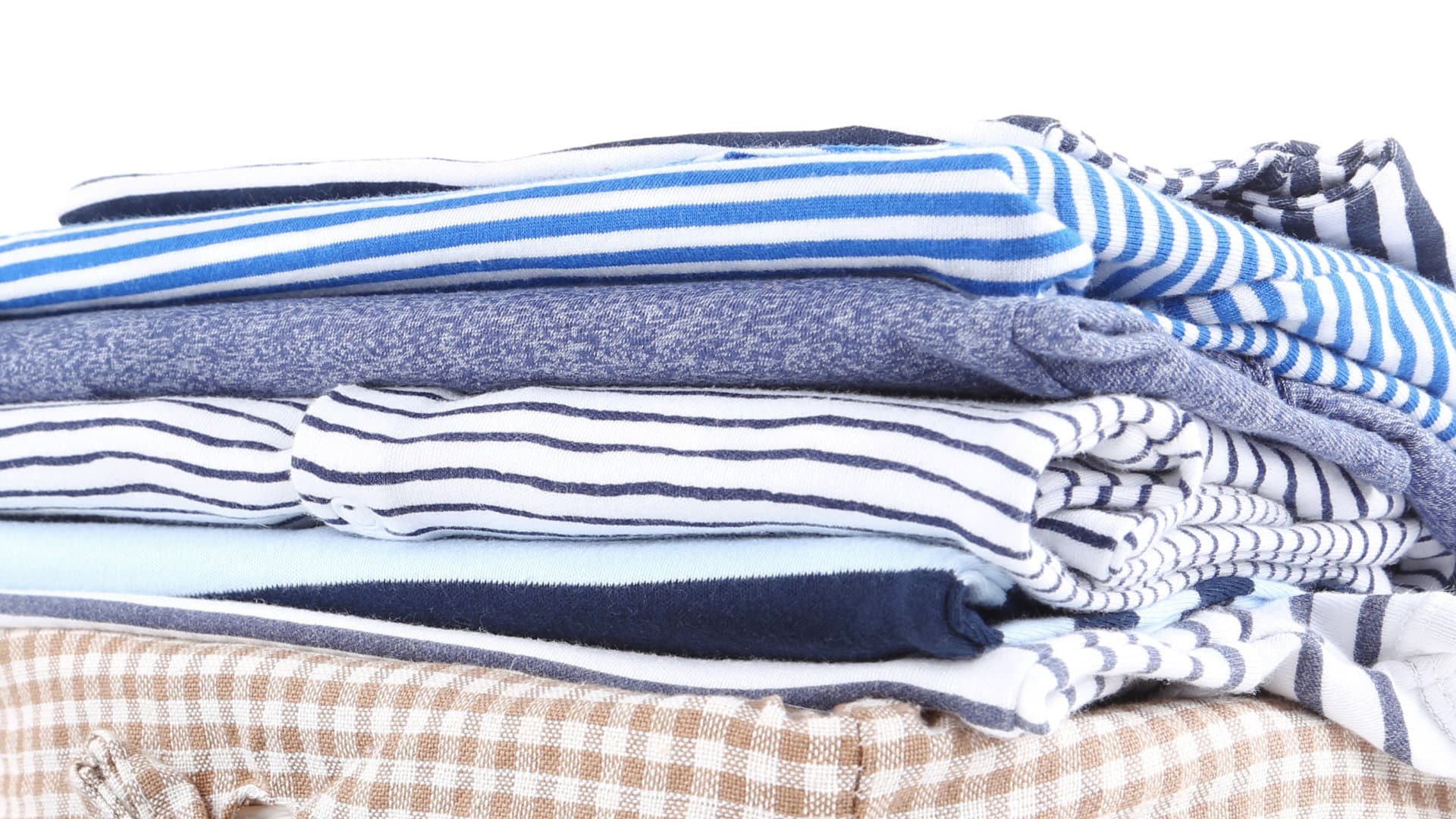
Kenmore Elite Dryer Issues: How To Troubleshoot
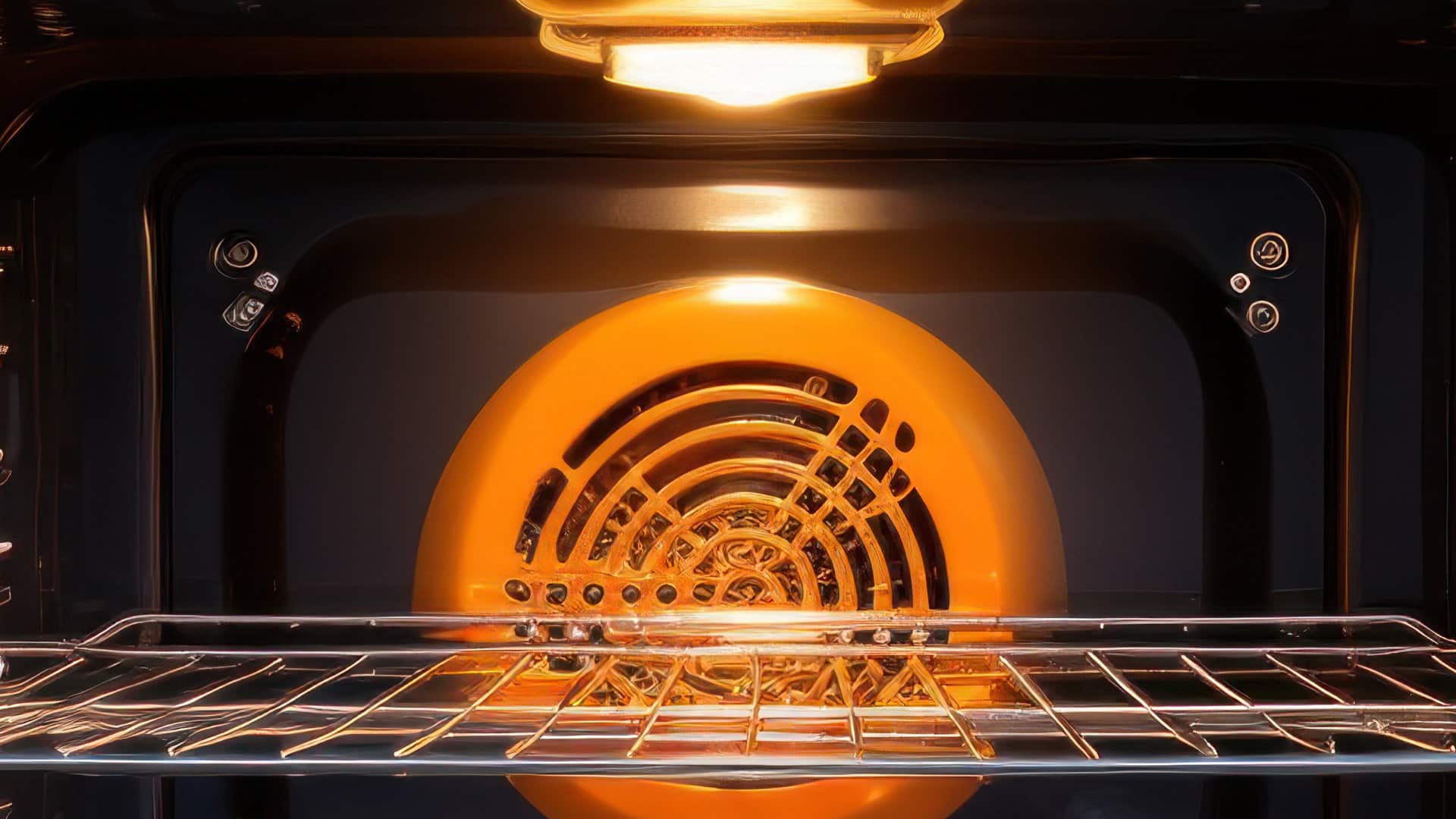
Microwave vs. Oven: Pros and Cons and How They Differ
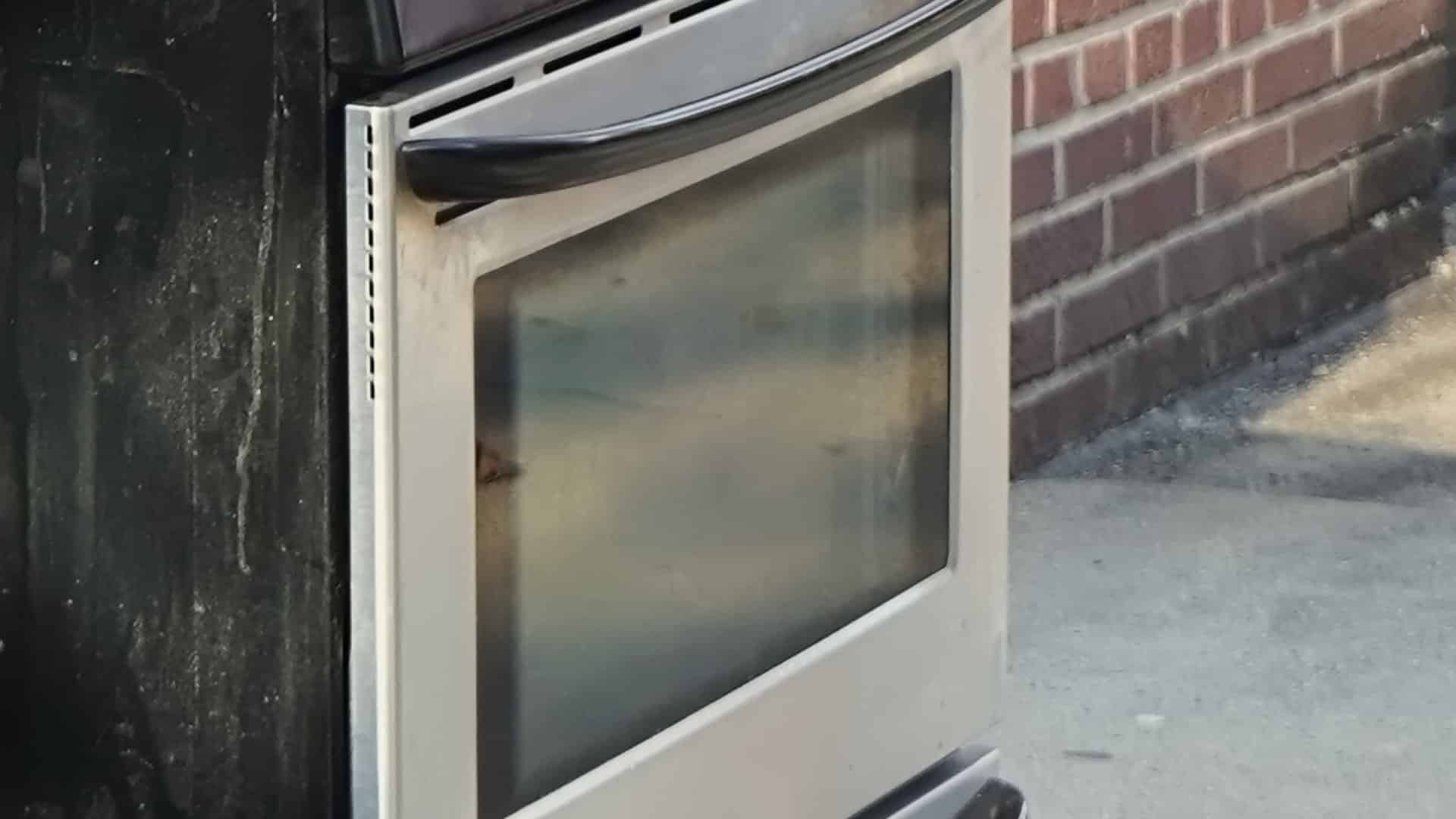
Self-Cleaning Oven Smell: Causes & Odor Reduction Tips
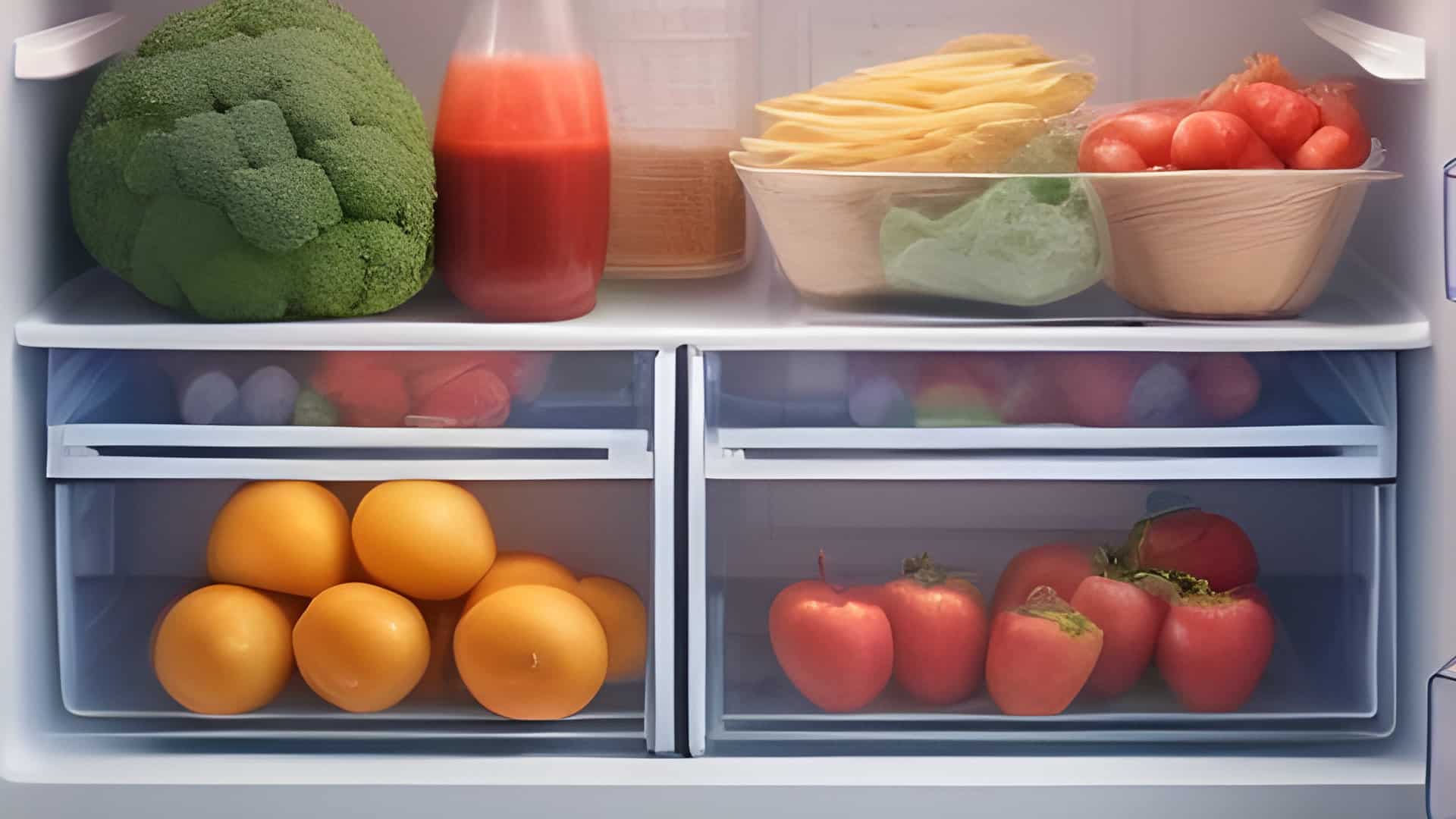
Frigidaire Ice Maker Not Working? 7 Ways to Fix It
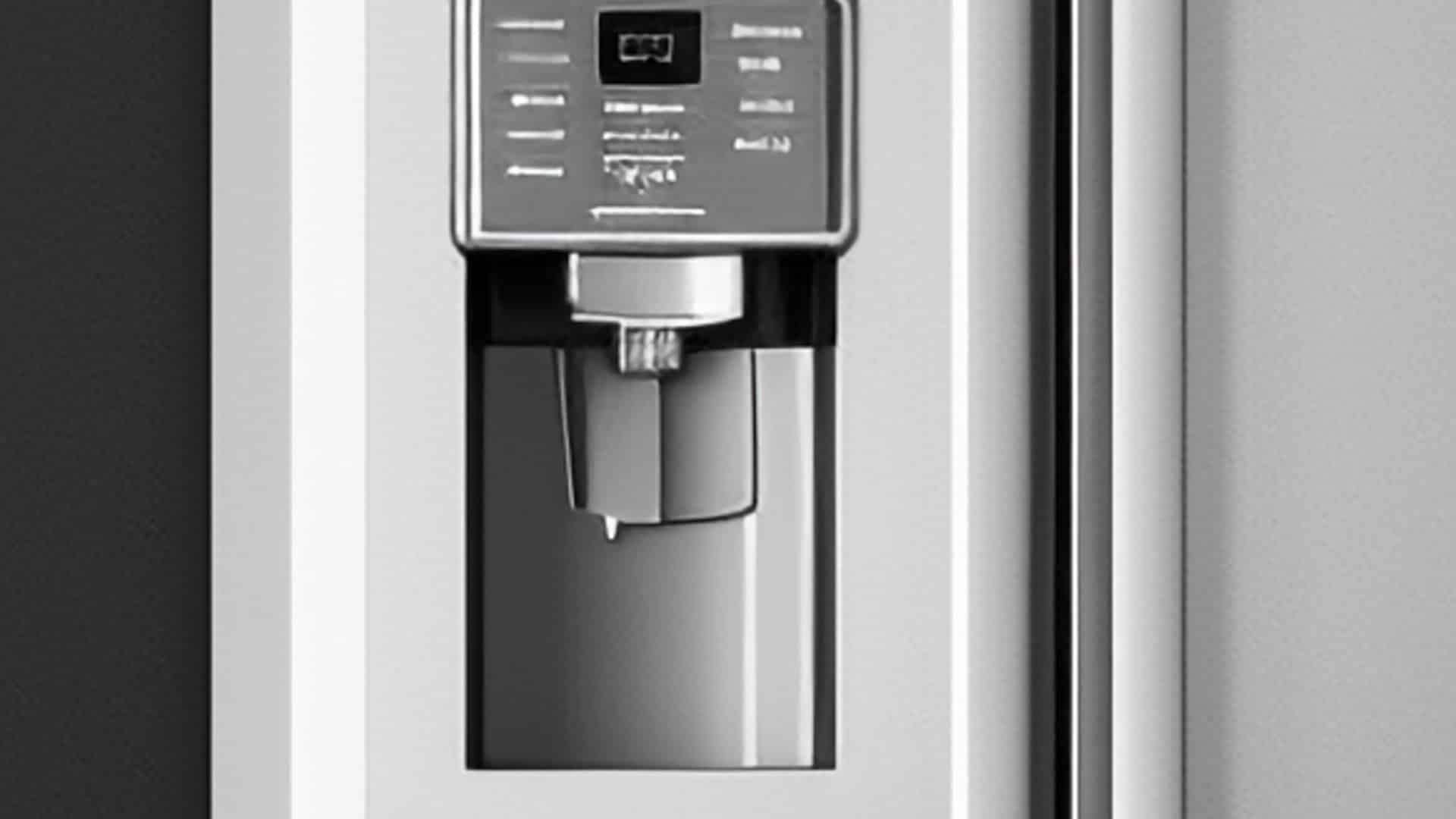
Why Is Your LG Refrigerator Not Cooling? (9 Common Reasons)
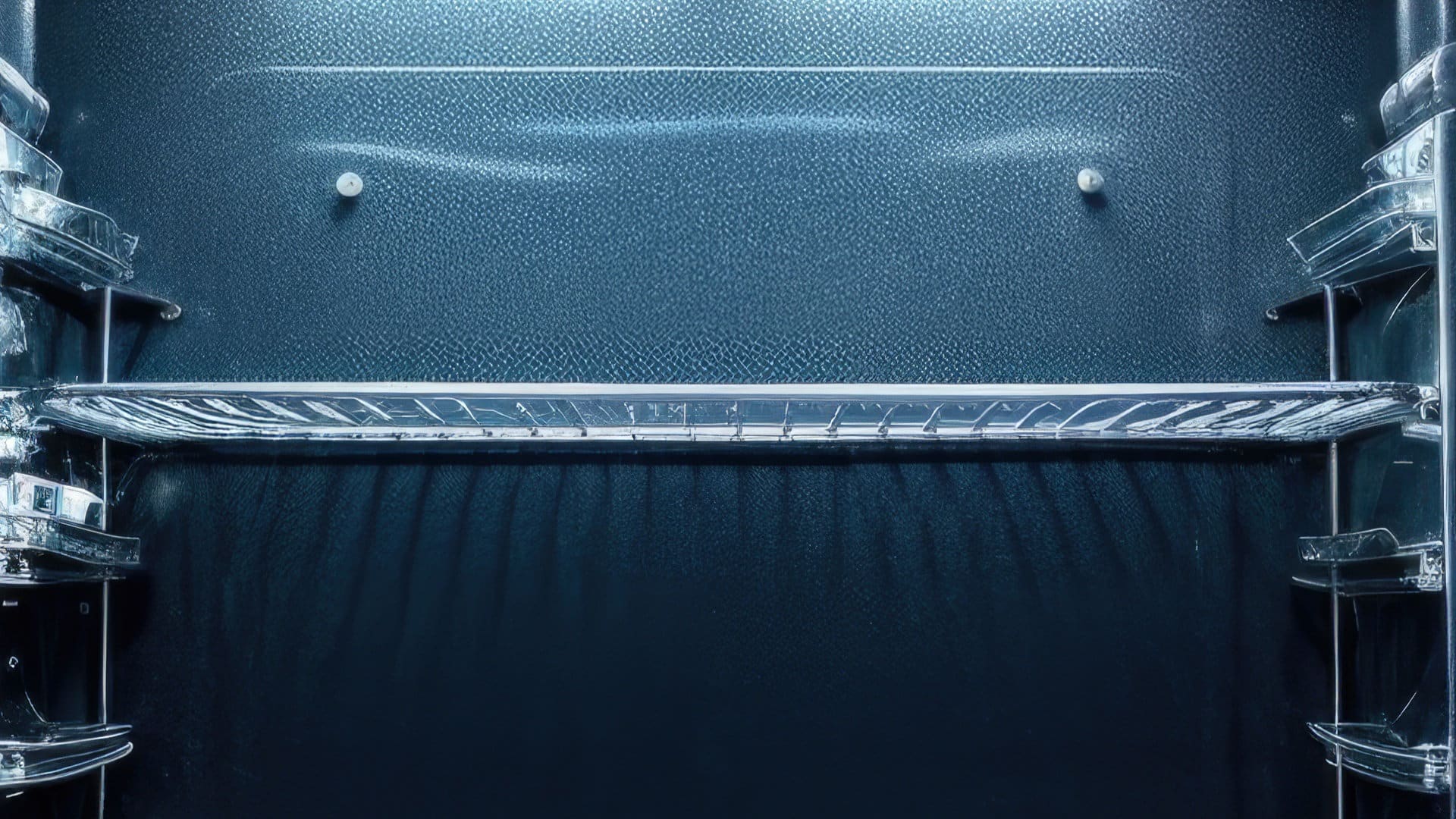
GE Oven F2 Error: Causes & Solutions







